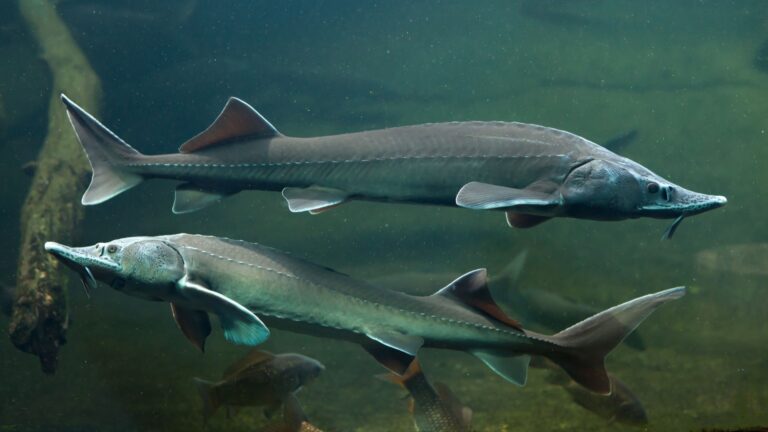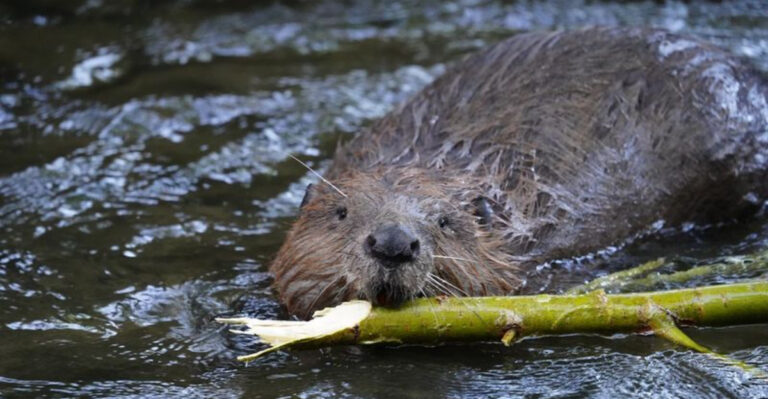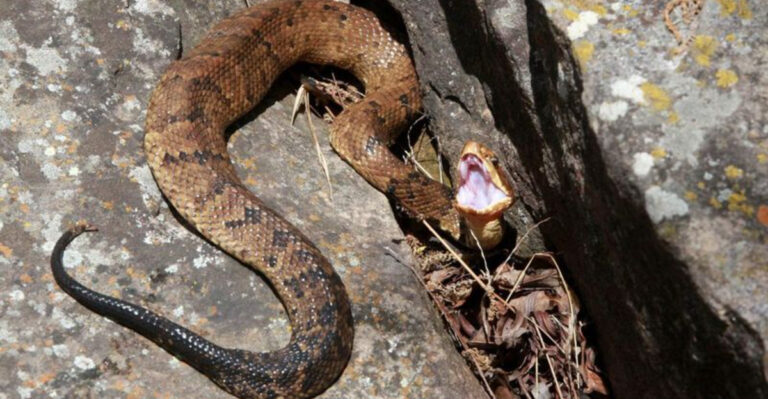14 Differences Between Sambar Deer And Other Cervids
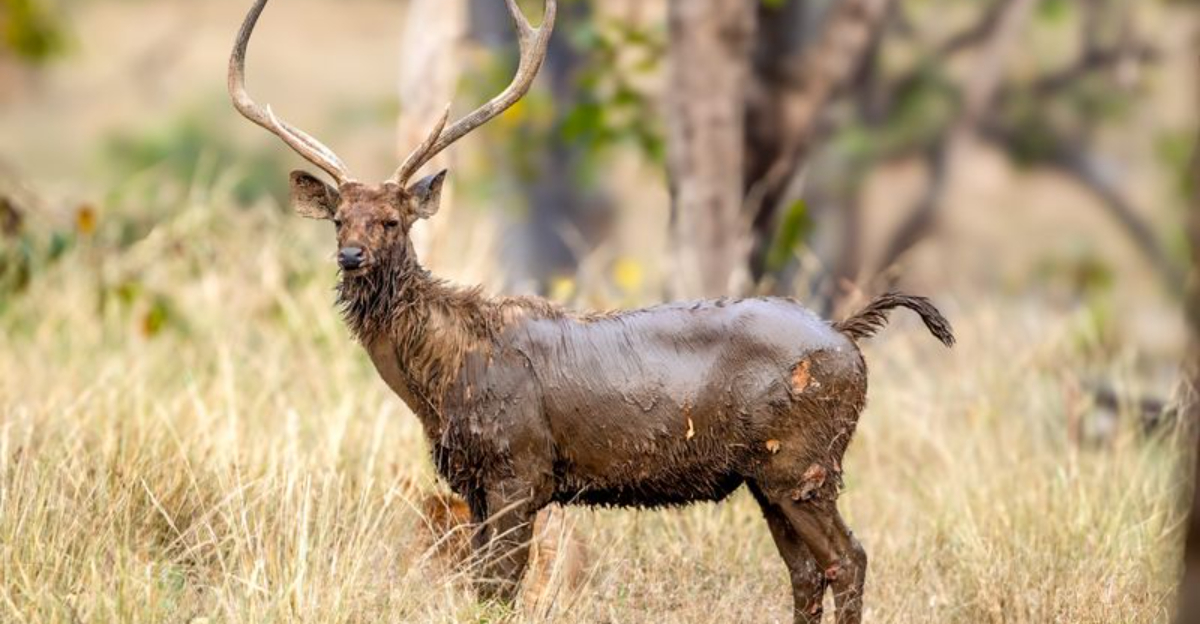
Ever spotted a massive deer lurking in the shadows of Asian forests? That’s likely a sambar deer, one of the largest members of the deer family.
While all deer share certain traits, sambar deer stand apart from their cervid cousins in fascinating ways. Let’s explore what makes these majestic forest giants unique compared to other members of the deer family.
1. Impressive Size Advantage
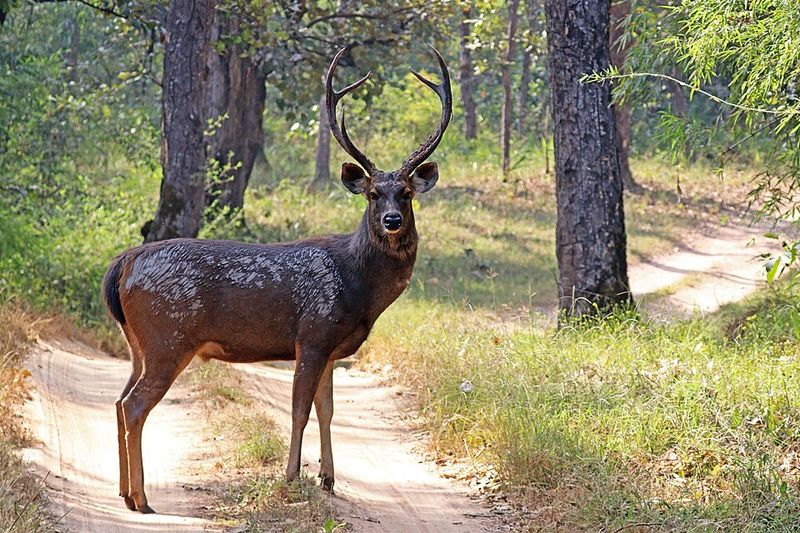
Standing shoulder-to-shoulder with a grown man, sambar deer tower over most other cervid species. Males can reach a whopping 550 pounds – nearly twice the weight of an average white-tailed deer!
Their massive bodies evolved specifically for navigating dense Asian forests, providing advantages when facing predators like tigers and leopards.
2. Rugged Coat Texture
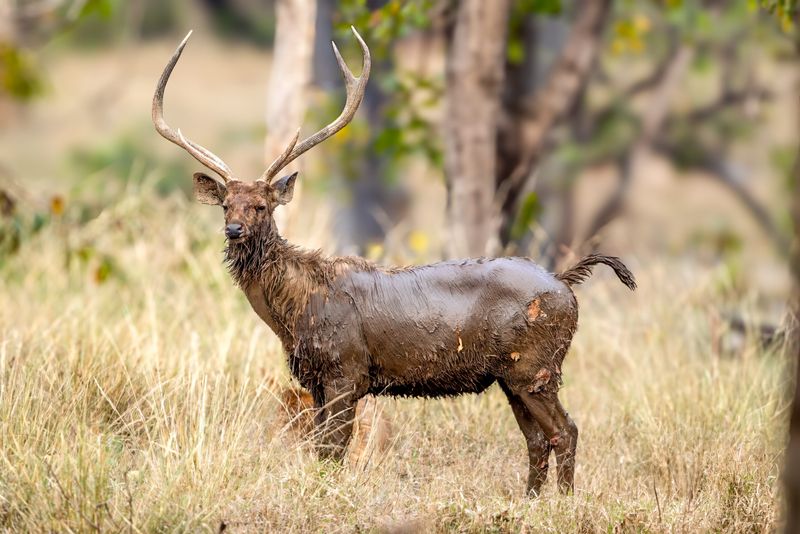
Run your hand across a sambar’s coat and you’ll notice immediately how coarse it feels. Unlike the softer pelage of red deer or elk, sambar fur feels almost bristly to touch.
This rough coat serves as natural armor against thorny vegetation and biting insects in tropical environments. The hairs are also hollow, providing excellent insulation during seasonal temperature changes.
3. Unusual Antler Configuration
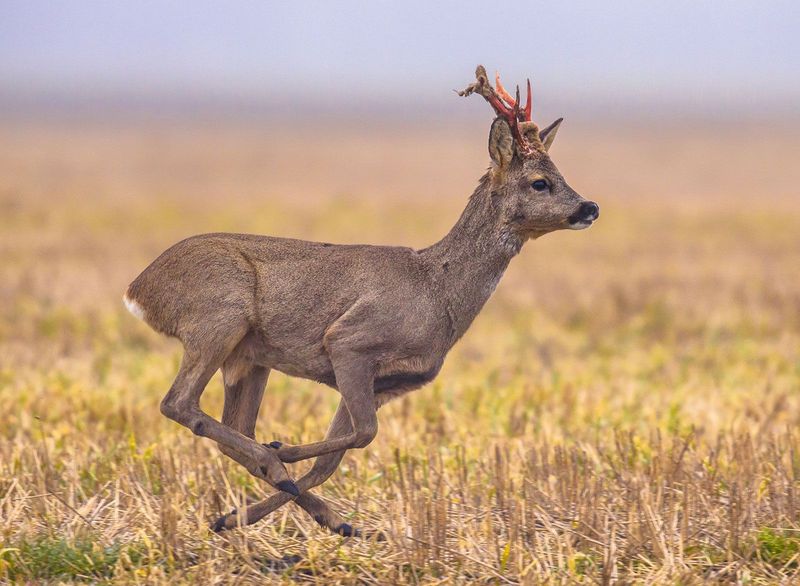
Look at those antlers! While most deer species sport elaborate multi-pointed racks, sambar keep it simple with just three points per antler – a main beam with two tines.
Don’t let the minimalist design fool you. These weapons grow incredibly thick and rugged, perfect for territorial battles in dense forest. Some mature bulls develop antlers reaching over 40 inches in length!
4. Splashy Water Habits

Catch sambar deer near water and you might witness their peculiar bathing ritual. Unlike most cervids who merely drink from water sources, sambar love to wade chest-deep and even submerge completely.
This aquatic behavior serves multiple purposes – cooling their bodies in tropical heat, removing parasites, and creating escape routes from land predators. Some populations practically live as semi-aquatic creatures!
5. Nighttime Activity Pattern
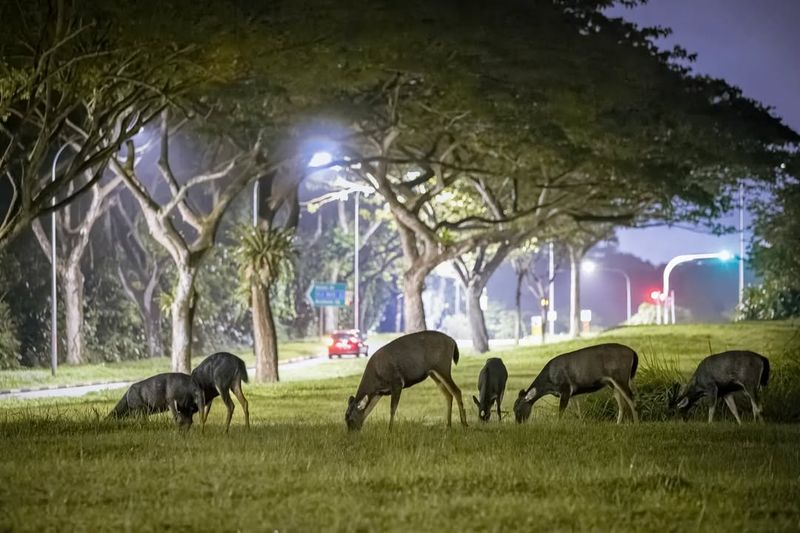
While many deer species balance daytime and nighttime activity, sambar deer embrace the darkness almost exclusively. They’ve evolved into nocturnal specialists, particularly in areas with human pressure.
Their large eyes gather available moonlight, and heightened senses of smell and hearing compensate for reduced visibility. This night-loving lifestyle contrasts sharply with the crepuscular (dawn/dusk) patterns of deer like mule and fallow.
6. Unique Alarm Call

Nothing shatters forest silence quite like a sambar’s alarm call! When startled, these deer produce an explosive, trumpet-like blast that echoes through the trees – vastly different from the snorts or whistles of other deer.
Tiger researchers actually track sambar calls to locate big cats. The sound resembles a cross between a donkey’s bray and an elephant’s trumpet, carrying for nearly half a mile through dense jungle.
7. Mane-Like Neck Ruff
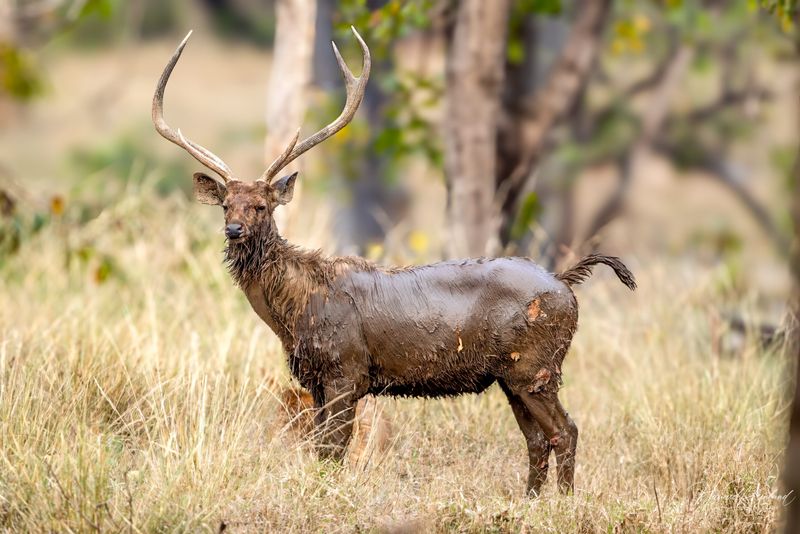
Adult male sambars sport a shaggy, mane-like ruff around their necks that makes them look particularly primitive and imposing. This distinctive feature isn’t found on most other deer species.
The thick neck hair serves both for display during breeding season and physical protection during combat with rivals. When agitated, males can flare this mane outward, making their already massive profile appear even more intimidating.
8. Tropical Habitat Preference

Most deer thrive in temperate forests or grasslands, but sambar break the mold as tropical forest specialists. Their natural range spans steamy jungles from India to Southeast Asia and beyond.
Remarkably adaptable, they’ve been successfully introduced to Australia where they inhabit both rainforests and alpine woodlands. Few other deer species can match their flexibility across such diverse tropical environments.
9. Solitary Social Structure
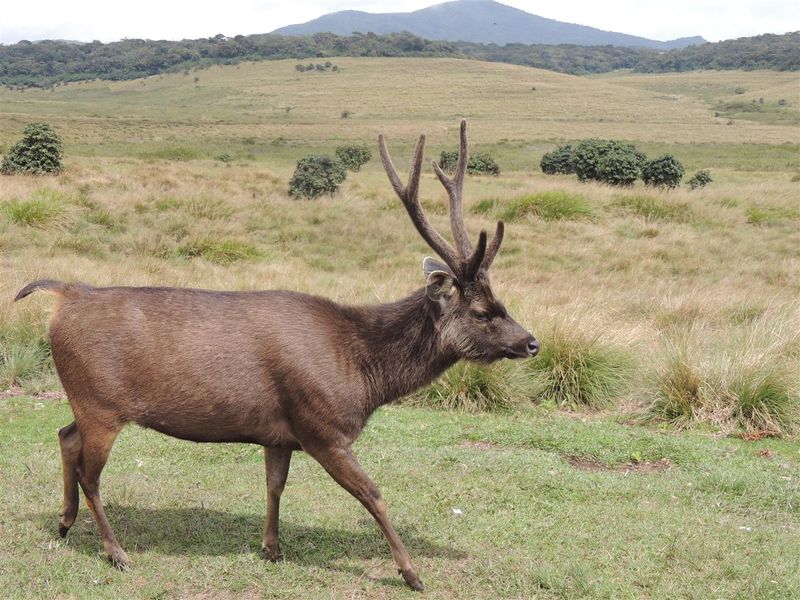
Forget the large herds formed by elk or caribou – sambar deer prefer the lone wolf approach to life. Outside of breeding season, adult males live almost completely solitary lives.
Females travel in much smaller groups than other deer species, typically just a mother with her current fawn and perhaps last year’s offspring. This independent lifestyle suits their secretive nature in dense forest habitats.
10. Extended Breeding Season

Most deer species have strictly defined rutting periods, but sambar keep things flexible with year-round breeding potential. While local populations may show seasonal peaks, they lack the intense, time-limited rut of temperate deer.
This reproductive strategy evolved in tropical environments where food remains available throughout the year. Consequently, sambar fawns might appear in any season, unlike the synchronized birth pulses seen in species like white-tailed deer.
11. Swamp-Loving Tendencies
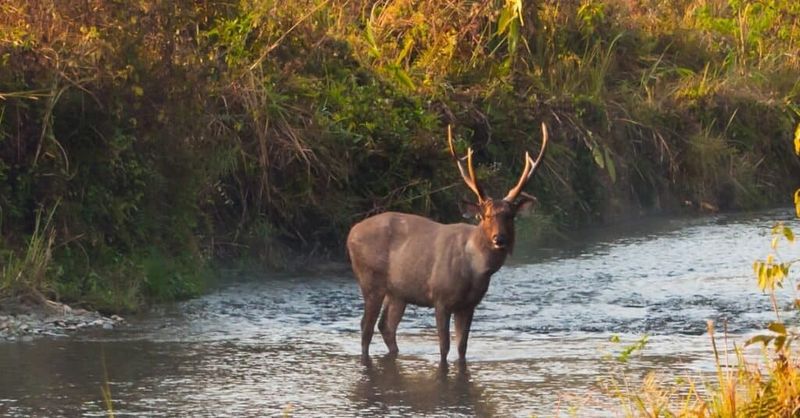
Squelching through muddy marshes isn’t appealing to most deer, but sambar absolutely love swampy terrain. Their splayed hooves spread wide on soft ground, preventing them from sinking where other deer would struggle.
These wetland specialists often create networks of well-used paths through seemingly impassable bogs. During hot weather or when pursued by predators, they’ll head straight for the muddiest, most inaccessible swamps available.
12. Remarkable Salt Craving
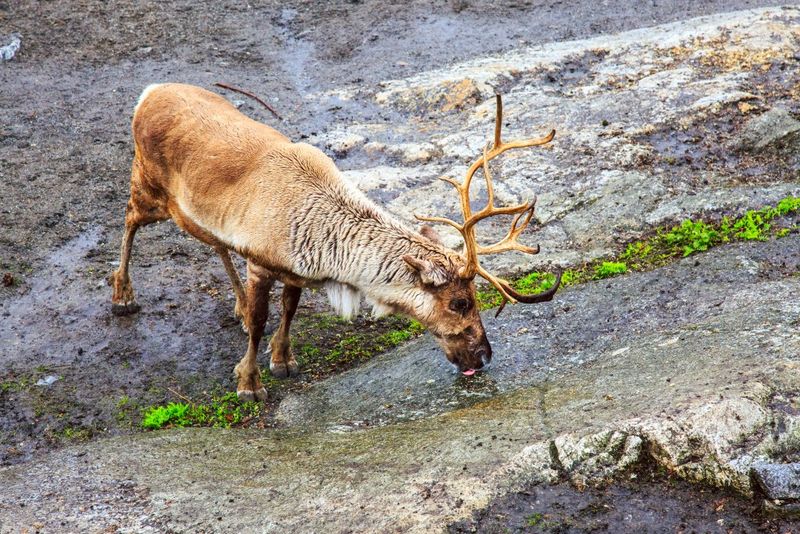
All deer need minerals, but sambar take salt-seeking to extraordinary levels. They’ll travel miles to visit natural salt licks, sometimes excavating deep pits with their hooves and teeth.
In coastal areas, they’ve been documented drinking seawater for its sodium content – a behavior rarely seen in other cervids. This mineral obsession even leads them to chew on soil with high salt content or visit human settlements to lick sweaty tools.
13. Extreme Habitat Versatility

Few deer match the sambar’s remarkable ability to thrive across wildly different environments. From sea-level mangrove swamps to Himalayan forests at 12,000 feet elevation, these adaptable creatures find a way to succeed.
Their introduced populations demonstrate this flexibility even further – surviving in Australian snow country and New Zealand rainforests. This ecological plasticity contrasts sharply with habitat-specific deer like the swamp-dependent barasingha.
14. Distinctive Tail Signaling
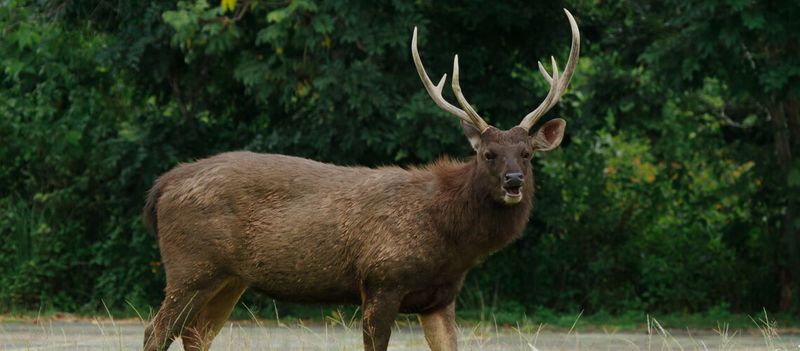
Watch a startled sambar and you’ll notice something peculiar – instead of flashing a white flag tail like many deer, they raise their entire dark tail upward and outward like a fan.
This unique tail-flagging behavior communicates danger to other nearby sambar. The dark coloration actually works better as a visual signal in their shadowy forest environments than the white undertail common to many other cervid species.

